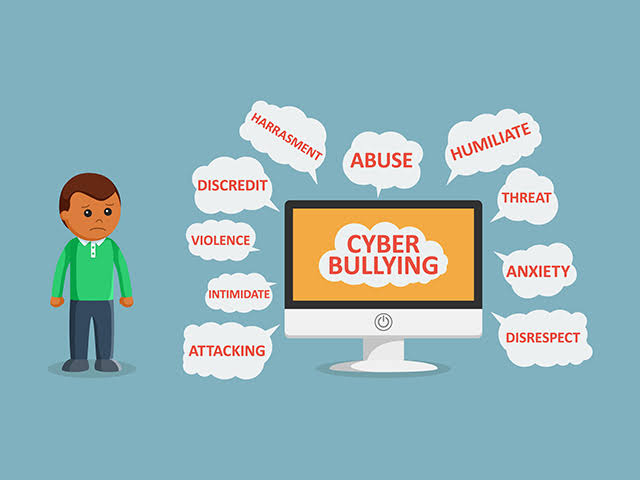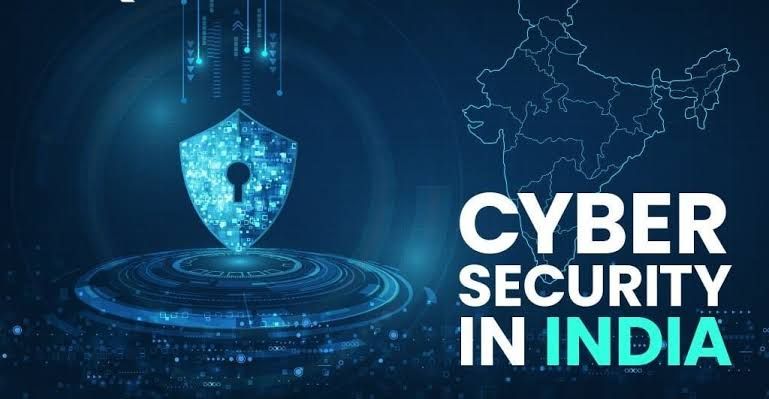Author: Aarchi Mewara
Sophia Girls’ College (Autonomous), Ajmer
ABSTRACT
In the digital age, data protection and cybersecurity have become critical components of safeguarding personal, corporate and governmental information. Cybercrime control is essential. This article explores the nature of cybercrime, the principles of cybersecurity, strategies for protecting data, and measures to control and respond to cyber threats. Real-world examples, legal considerations, and law are discussed to illustrate the practical and legal dimensions of the issue.
INTRODUCTION
The proliferation of digital technologies has transformed how individuals and organisations interact and conduct business. While h this digital evolution has brought numerous benefits, it has also introduced significant risks, particularly in terms of data protection and cybersecurity. As sensitive information becomes increasingly robust data protection measures, and stay informed about legal frameworks are being used to combat and manage cyber threats.
What is cybercrime?
Cybercrime refers to illegal activities carried out using computers or the internet. These activities can range from hacking and indenture theft to online fraud and cyber espionage. Cybercriminals exploit vulnerabilities in digital systems to gain unauthorised access to sensitive data, disrupt services, or steal financial information. As technology advances, so too do the techniques used by cybercriminals, making it crucial for individuals and organisations to stay vigilant and updated on the latest threats
What is Cybersecurity?
Cybersecurity encompasses the practices, technologies, and processes designed to protect digital systems, networks and data from cyber threats. It involves implementing security measures such as firewalls, encryption, and intrusion detection systems to defend against unauthorised access, data breaches, and other cyber-attacks. Effective cybersecurity also includes regular updates, monitoring and response strategies to address emerging threats and vulnerabilities.
Real-world examples related to cybercrime
One notable example of cybercrime is the 2017 EQUIFAX DATA BREACH. Cybercriminals exploited a vulnerability in Equifax’s web application framework to access sensitive personal information of approximately 147 million people. This breach highlighted the critical importance of timely security updates and the need for robust data protection measures.
Ransomware Attacks: In 2020, the ransomware attack on Garmin disrupted its services for several days, affecting users globally and reportedly leading to a ransom payment of $10 million. These attacks involve malicious software that encrypts a victim’s files or locks them out of their systems, demanding payment for the decryption key or system access. Here’s a detailed look into how these attacks work and their implications:
Infection Vector:
Phishing Emails: Attackers often use phishing emails with malicious attachments or links that, when clicked, install ransomware.
Exploiting Vulnerabilities: Attackers exploit security flaws in software or operating systems to deploy ransomware.
Malicious Websites: Visiting compromised or malicious websites can lead to ransomware infection through drive-by downloads.
Encryption:
Once the ransomware is installed, it encrypts the victim’s files using strong encryption algorithms. This makes the files inaccessible without the decryption key.
Ransom Note:
After encryption, a ransom note is displayed on the victim’s screen or left in the encrypted files. This note demands payment, typically in cryptocurrencies like Bitcoin, and provides instructions for payment.
Payment and Decryption:
Victims are given a deadline to pay the ransom. Payment does not guarantee that the attackers will provide the decryption key or that the key will work correctly.
Post-Attack:
If payment is made, there’s no guarantee that the decryption key will restore all files, and victims may face additional extortion or be targeted again.
Ransomware attacks are a growing threat with evolving tactics, making proactive security measures and response plans crucial for mitigation.
Proof
1.Ransom Note
Content: The ransomware usually leaves a ransom note on the victim’s screen or in a prominent location on the infected system. This note typically includes a demand for payment, instructions for how to pay, and sometimes threats of data destruction if the ransom is not paid.
Examples: Ransom notes may have names like README.txt, YOUR_FILES_ARE_ENCRYPTED.txt, or similar.
2. Encrypted Files
File Extensions: Ransomware often changes file extensions to something unique, indicating encryption. For example, .crypt, .locked, or .cryptolocker.
Inaccessibility: Files become unreadable or inaccessible without a decryption key. Attempting to open them may result in errors or garbled data.
3. Encryption Evidence
File Metadata: Encryption changes file metadata, such as the file size or structure. Tools like file viewers or hex editors can sometimes show encrypted content.
4. Logs and Security Alerts
Event Logs: System or security logs might show abnormal activity, such as unauthorised access attempts or changes to files and directories.
Security Software: Anti-virus or anti-malware programs might generate alerts or reports indicating the presence of ransomware.
5. File Recovery Attempts
Decryption Failures: Attempts to use decryption tools or recovery methods without success can be indicative of a ransomware attack.
6. External Reports
Security Community Alerts: Information from cybersecurity organisations or news reports can provide confirmation if a particular ransomware strain is identified in your environment.
Indicators of Compromise (IoCs): Known signatures, hashes, or file names associated with specific ransomware families can confirm an attack.
7. Forensic Analysis
Professional Assessment: Cybersecurity professionals can conduct a forensic analysis to confirm ransomware involvement by examining system states, malware artefacts, and attack vectors.
Case Law
Case law related to cybercrime often invoked both national and international jurisdictions. For example, in the United States, cases like United States v. Michael S. Vick (2007) illustrate how cybercrime is prosecuted under federal laws such as the Computer Fraud and Abuse Act (CFAA).
Internationally, the Budapest Convention on Cybercrime provides a framework for cross-border cooperation in combating cybercrime.
Legal Jargon of the case
Legal jargon in cybercrime cases may include terms such as “hacker”, “phishing, “malware”, “ransomware”, and “data breach” terms like “unauthorised access”, “computer fraud”, and “identity theft” are commonly used in legal proceedings to describe various aspects of cybercriminal activities and this impact on victims.
Conclusion
As cyber threats continue to evolve, the importance of robust data protection and cybersecurity means urea cannot be overstated. Effective strategies for preventing and responding to cybercrime involve a combination of technological solutions, proactive policies, and legal frameworks. By staying informed and adopting comprehensive cybersecurity practices, individuals and organisations can better safeguard their digital assets and contribute to a safer online environment.
FAQS
1.How can we protect our data online?
Use strong, unique passwords, enable two-factor authentication, be cautious with email attachments and links, and keep software updated.
2.What is encryption and why is it important?
Encryption is the process of converting data into a secure format that is unreadable without a decryption key. It protects data during storage and transmission from unauthorised access.
3.What are the key principles of data limitations?
Key principles include data minimization, purpose limitation, accuracy, storage limitation, integrity, and confidentiality.
4.What is GDPR and how does it affect data protection?
The General Data Protection Regulation (GDPR) is a regulation in the EU that governs data protection and privacy. It requires organisations to ensure the protection of personal data and provides individuals with rights over their data.
5.How should an organisation handle a data breach?
Organisations should have an incident response plan, notify affected individuals and relevant authorities, and take steps to mitigate the breach and prevent future incidents.
6.What is multi-factor authentication(MFA) and why is it recommended?
MFA adds an extra layer of security by requiring multiple forms of verification (e.g., password and a code sent to your phone) before granting access.




